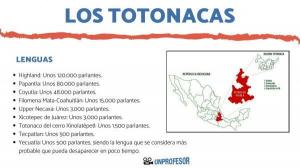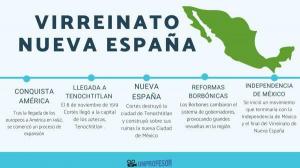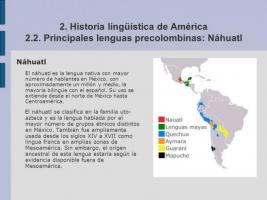World of ideas and sensible world - EASY summary!
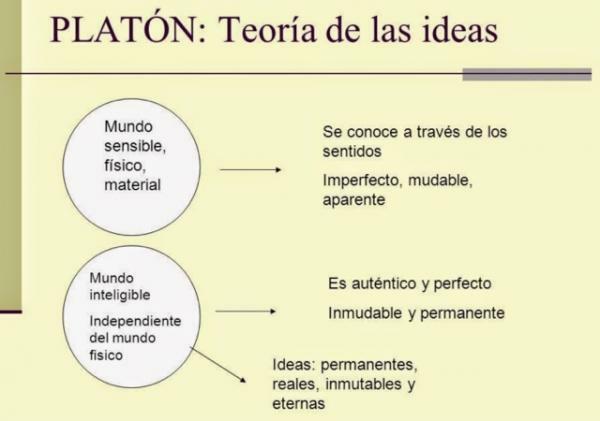
Image: Laura's Blog
The world of ideas and the sensible world. This is the Plato's division of reality and that is known by the name of ontological dualism. According to this theory, there are two dimensions of the real: the intelligible world and the sensible world. The first, the only true one, contains ideas and can be known through reason. In the second are physical objects, things, and it is accessed through the senses. This world has been built by the Demiurge, from the world of ideas, and therefore, to the extent that it participates in it, it is real, although it is only a copy of the first. If you want to know more, continue reading this lesson from a TEACHER.
Index
- Ontological dualism
- Characteristics of the world of ideas
- Characteristics of the sensible world
- Plato's anthropological dualism
The ontological dualism.
The world of ideas, the intelligible world, is that of the science or episteme, and only from him can true knowledge be obtained, everything else, that is, what is inside the
sensible world, is it opinion or doxa. How is it possible, therefore, to have a true knowledge of reality? Well, through a process of ascension on the path of knowledge, from ignorance, to the intellection of universal, eternal, immutable ideas or forms (Simile of the line). In this sense, education will play a fundamental role.Ideas are beyond space and time, and therefore are incorruptible, unlike ideas. things of the sensible world, which are finite, temporary, changing, subjected to a process of generation and corruption. The knowledge of physical objects, then, cannot be universal and necessary, like the scientific one, but simple opinion.
Is double dimension of reality is collected in the known Myth of the Cavern, in which Plato raises the existence of an underground world, the cavern, which would come to represent the sensible world, and the external world, that of light, which would be the world of ideas. The light, the sun, symbolizes the truth, the idea of good, beauty and justice, the first in the hierarchy of ideas established by the Greek.
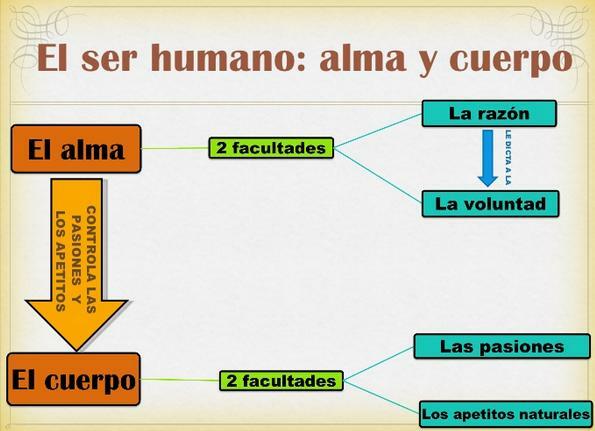
Image: perspectives on the education of the movement
Characteristics of the world of ideas.
- The world of ideas it is immortal, perfect, eternal. It is not subject to a process of generation and corruption.
- The world of ideas is characterized by being, in the style of Parmenides' being, opposed, therefore, by not being.
- It contains the ideas or forms that things in the sensible world imitate.
- There is a hierarchy of ideas, and at the top is the idea of good, which is represented by the Sun.
- It is the only true world, and in the Myth of the Cave, It is that of natural beings, as opposed to the shadows projected on the wall of the cave.

Image: Slideshare
Characteristics of the sensible world.
- The sensible world is material, corporeal, imperfect, corruptible
- It is a copy of the world of ideas, and therefore it is nothing more than appearance
- It would be the world of shadows, the underworld
- It is not possible to obtain true knowledge of the things of the sensible world, since they are changing, it is only possible to have a opinion or doxa.
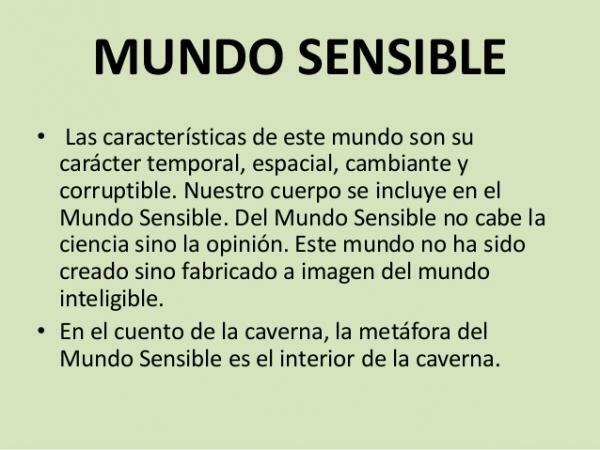
Image: SlideShare
Plato's anthropological dualism.
In relation to Plato's ontological dualism, there is his anthropological dualism. Thus, for the philosopher, in the same way that there is a double dimension of reality, there is a double dimension in the human being. On the one hand, it is Body mortal, corruptible, finite, and as such is trapped in the sensible world. But it also has a soul, immortal, eternal, incorruptible. What happens is that the soul has fallen from the world of ideas, to which she belonged, remaining locked in a body from then on, from which she will only free herself after death, returning, at last, to the world of ideas.
The soul, is divided in turn into three parts, one of which dominates over the others: the part rational, irascible and concupiscible. To each of them, according to Plato, a virtue will correspond: prudence, courage and temperance, respectively. And likewise, they would have a place in the polis: rulers, warriors and peasants and merchants. That each one takes care of what corresponds to him constitutes, for the philosopher, the ideal Justice.
If you want to read more articles similar to World of ideas and sensible world: Summary, we recommend that you enter our category of Philosophy.
Bibliography
Plato. The Republic, Book VII. Ed. Gredos

